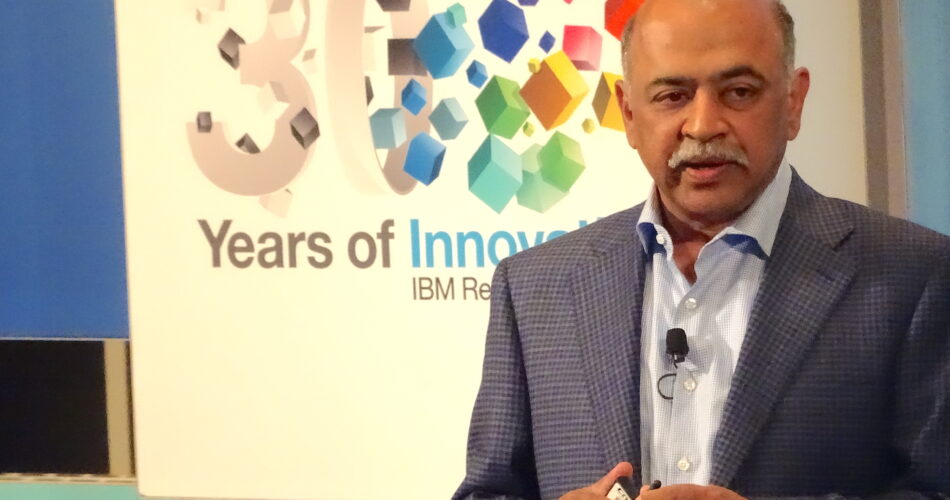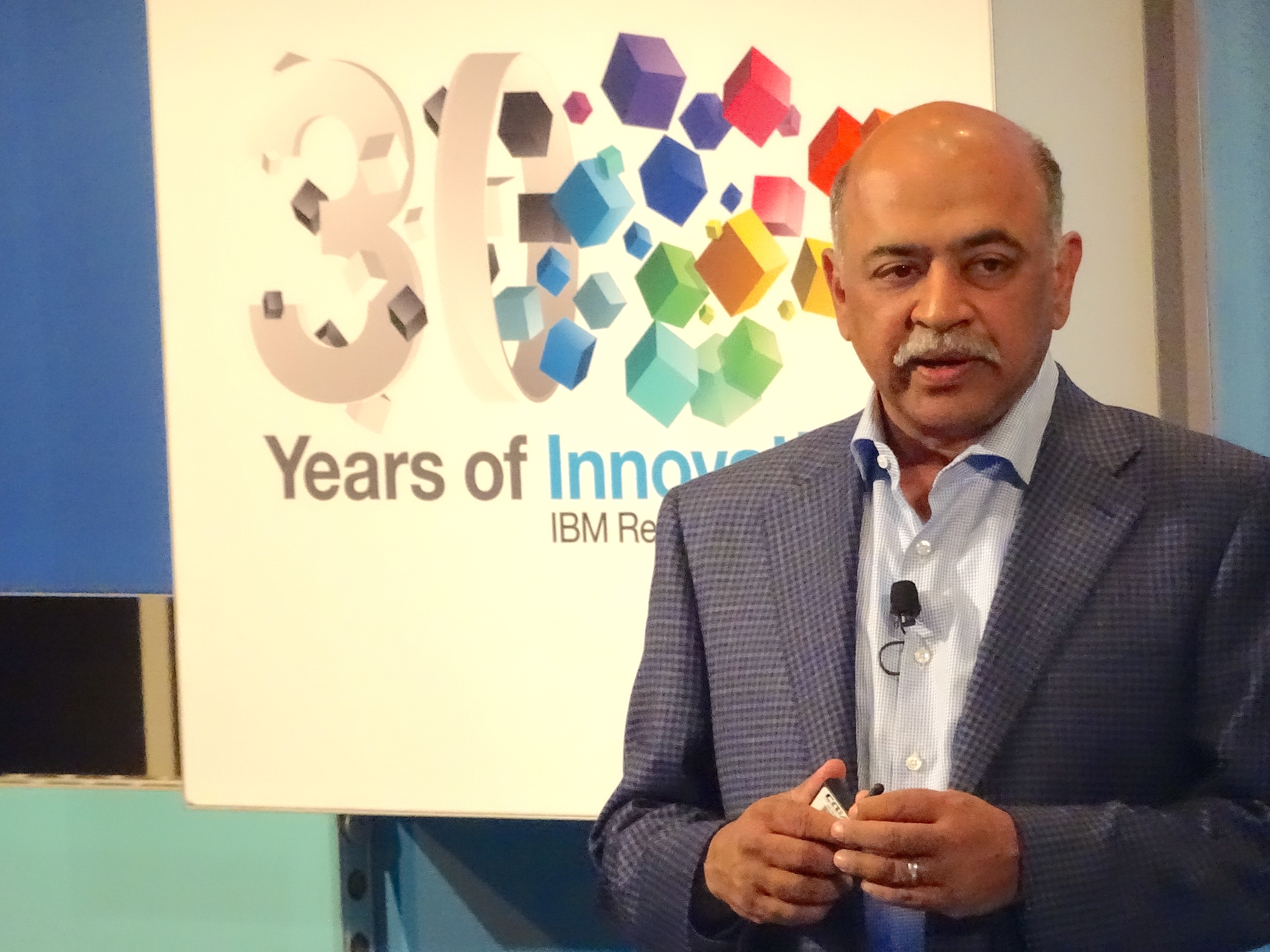IBM Corp. surprised and delighted investors with fourth-quarter revenue and profit that beat analysts’ forecasts on the strength of its Red Hat cloud computing business, increasing annual recurring revenue, and sales to the recently spun-off Kyndryl Holdings Inc.
Quarterly sales of $16.7 billion rose 8.6% and easily beat consensus estimates of $15.96 billion. Adjusted earnings per share of $3.35 also beat estimates of $3.30.
Software revenue — a key part of IBM’s promise to grow at a mid-single-digit percentage rate for the year – rose 10% and consulting revenue jumped 16%. Revenue from IBM’s Red Hat Inc. subsidiary grew 21% as IBM has positioned it as a cornerstone of its hybrid cloud strategy. “We are continuing to take share with the Red Hat offering,” said Chief Financial Officer James Kavanaugh.
“We expect that Red Hat will continue to be the strong foundation for IBM Consulting’s growth, especially given its pivotal role in IBM’s hybrid cloud portfolio strategy,” said Bola Rotibi, research director for software development at CCS Insight Ltd.
Cloud revenue rose 32%, to $8 billion, and hybrid cloud revenue surged 18%, to $6.2 billion, finishing the full year up 19%, to $20.2 billion. Chief Executive Arvind Krishna (pictured) said IBM finished the year with 3,800 hybrid platform clients and 700 Red Hat engagements.
This was the third quarter in the last four that IBM revenue has grown, reversing nearly three years of steady declines. “While one good quarter doesn’t make a trend, I believe three do and at a minimum, I believe we will see mid-single-digit growth in the near future,” said Patrick Moorhead, principal analyst at Moor Insights & Strategy.
A software business
Kavanaugh said more than 70% of the company’s revenue now comes from software and services and that annual recurring revenue is now $13 billion. The latter is an important indication of business stability, as is the $7.6 billion of cash the company had in the bank at the end of the year. IBM also said it expects to generate between $10 billion and $10.5 billion in free cash flow in 2022.
IBM stock initially soared more than 6% in after-hours trading before settling down to a half-point gain.
“We’ve done a lot of heavy lifting,” Krishna said, referring to the four acquisitions IBM completed in the quarter as well as the divestiture of Kyndryl. “I fundamentally believe that we have the right focus to deliver on our midterm model. We are now approximately a 30% consulting company, 70% technology company.”
On a conference call with analysts, executives repeatedly touted the value of the Kyndryl spinoff as having benefited IBM’s product sales. “All the [14%] growth in transaction processing came from our Kyndryl relationship,” Kavanaugh said.
About half of the growth in the software and infrastructure businesses also came from incremental external sales to Kyndryl. The relationship will contribute an additional three percentage points of growth spread across the first two quarters, according to Kavanaugh. “We have benefited substantially from the new Kyndryl relationship,” he said.
Consulting revenue grew 16%, thanks in part to engagements resulting from new partnerships with Salesforce.com Inc., Amazon Web Services Inc., Microsoft Corp., Adobe Inc. and others. IBM’s Garage digital transformation consulting business finished the quarter with 3,000 active engagements and renewal rates are increasing, Krishna said.
“The push for returning to offices will undoubtedly influence the cloud market, but many organizations will still be firmly on a cloud journey,” Rotibi said. “We expect IBM Consulting to show continued strength in operation and growth.”
Photo: Robert Hof/SiliconANGLE
Show your support for our mission by joining our Cube Club and Cube Event Community of experts. Join the community that includes Amazon Web Services and Amazon.com CEO Andy Jassy, Dell Technologies founder and CEO Michael Dell, Intel CEO Pat Gelsinger and many more luminaries and experts.
Source link




